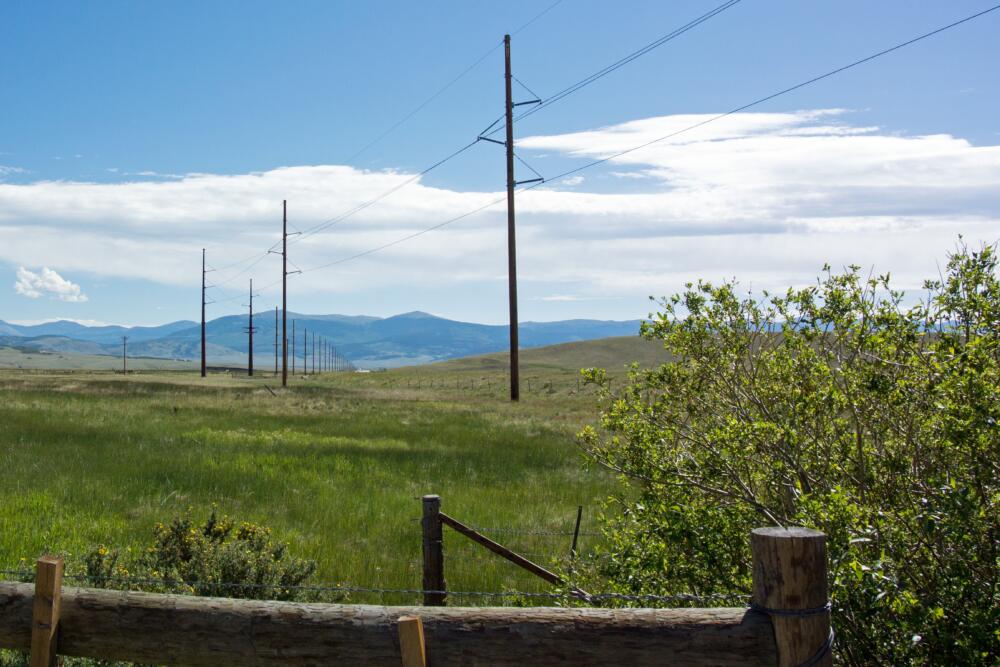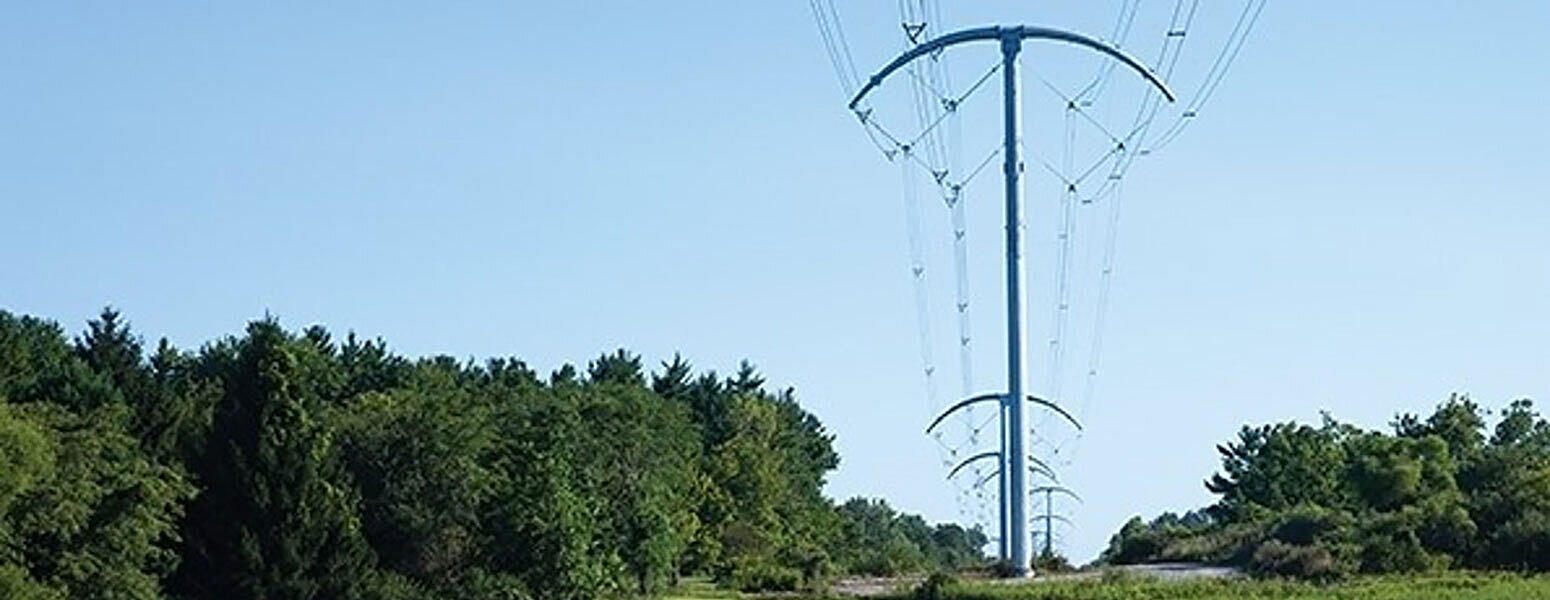Material Efficiencies
Material efficiencies specifically increase speed of construction and the ability to do more with less. Steel poles are pre-fabricated and delivered to the job site ready for installation. Because they are lighter than wood poles, they require smaller equipment to install. Steel poles also have flexibility in their installation – allowing for the pole to be embedded or use anchor bases. Beyond transmission and distribution poles, hot-dip galvanizing is a factory-controlled process that can be done 24/7/365 with no temperature or humidity restrictions. Therefore, production can run smoothly to meet installation schedules. If delays arise, there is no issue with hot-dip galvanizing being stored on site until installation can be completed.

More with Less
Steel has a high strength-to-weight ratio, with an equivalent utilization of about 1:8 in comparison to concrete. In other words, 1 ton of steel can do the same work as 8 tons of concrete. Similarly, steel poles are typically about 50-70% lighter than wood poles, thanks to their hollow nature. The lighter weights help with installation as noted, but it’s important to also understand the “strength” element of the equation. Steel poles can support larger and heavier loadings and span longer distances between poles. This is particularly beneficial when going over roadways and other areas where poles need to be reduced.
This strength-to-weight ratio can also provide additional benefits within transmission and distribution lines. For new lines, it means poles can be spaced further apart using less total poles, and therefore reducing the overall cost of the project. For existing lines, where relocating poles is impossible or impractical, steel poles are often inserted to “harden the line.” This means a steel pole is placed about every 10th wood pole to stop cascading in the event of a downed pole from weather or other phenomenon. Because of the weight of and load on wood poles, typically one downed pole will “cascade” down the line pulling several more poles down. Steel poles are able to stop the cascading.
Materials Case Study
American Electric Power BOLD Transmission

In an era of regulatory changes, evolving sources of power generation, and replacement of an aging infrastructure, American Electric Power (AEP) has developed a revolutionary new compact line design for the electric power transmission market. Employing hot-dip galvanized steel structures, the high-capacity, high efficiency design represents the next generation of transmission line. The Breakthrough Overhead Line Design (BOLD) has an aesthetic, crescent-shaped cross-arm with a compact conductor configuration that boosts capacity and challenges traditional technologies.
The innovative design marries form and function, delivering more power with a lower structure and using less right-of-way. BOLD addresses the needs of stakeholders with the most innovative electric transmission technology in more than 35 years.